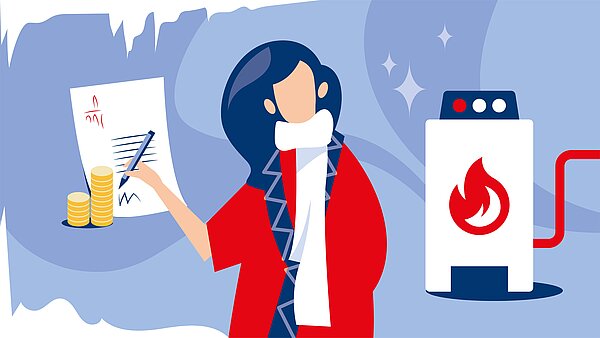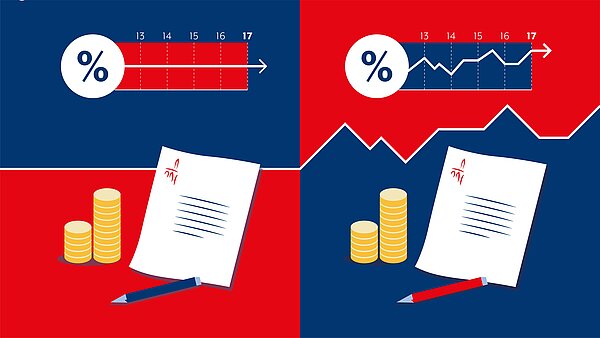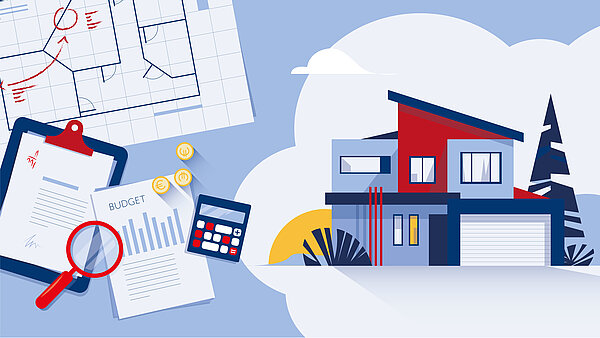![[Translate to English:] [Translate to English:]](/fileadmin/_processed_/0/d/csm_385_FIN_pourquoi_est-il_avantageux_dacheter_en_2025_3812e17ca3.jpg)
The main things we remember about the housing sector over the past 12 months are the rise in interest rates and the fall in property prices. However, following their fall in 2024, property prices in Luxembourg have now stabilised, and the many measures designed to boost the sector have finally been extended until 1 July 2025. This is good news if you are planning to buy in the near future, as the first half of 2025 is the ideal time to get your property plans back on track.
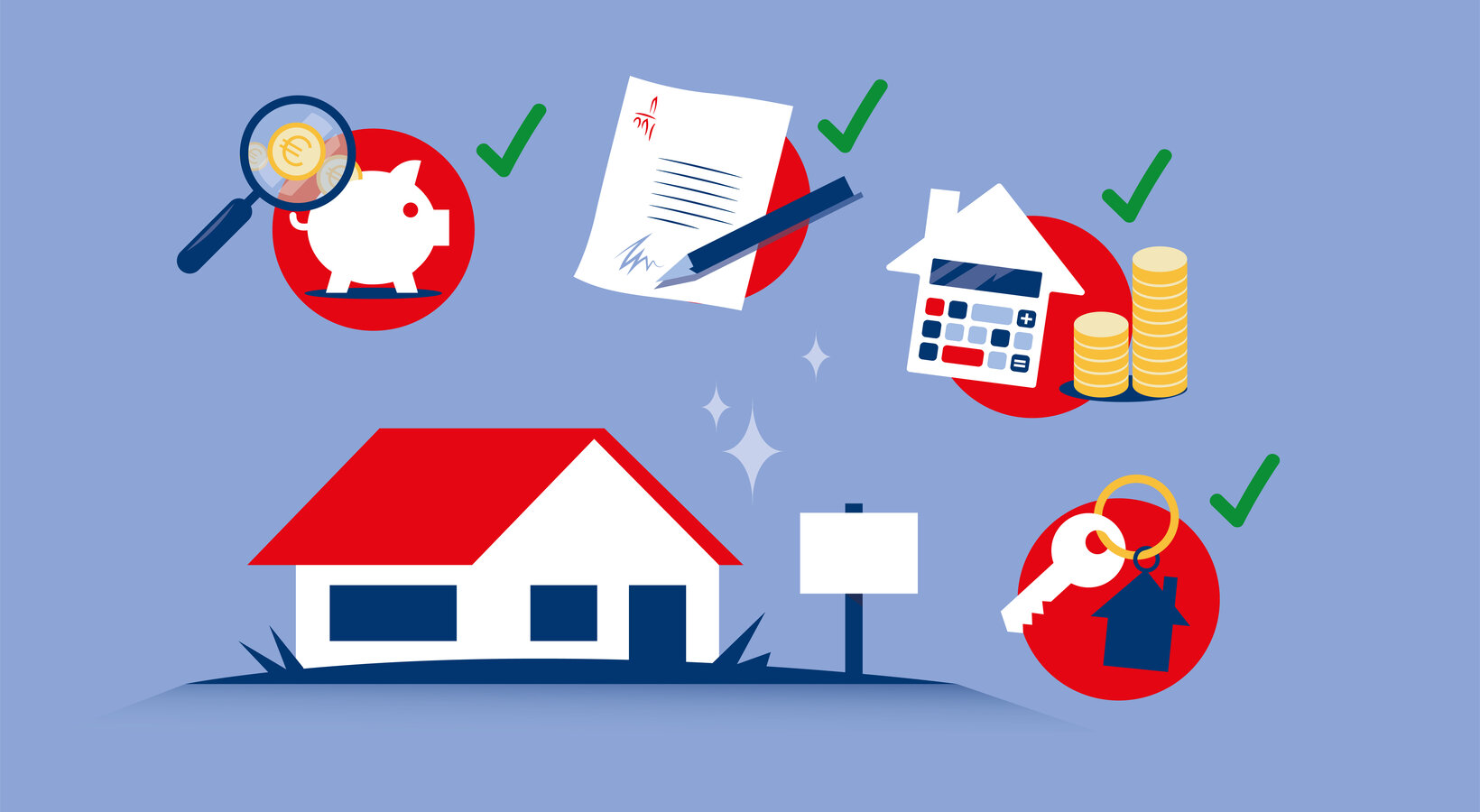

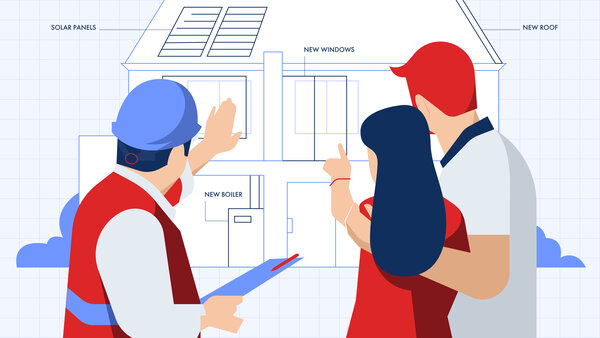


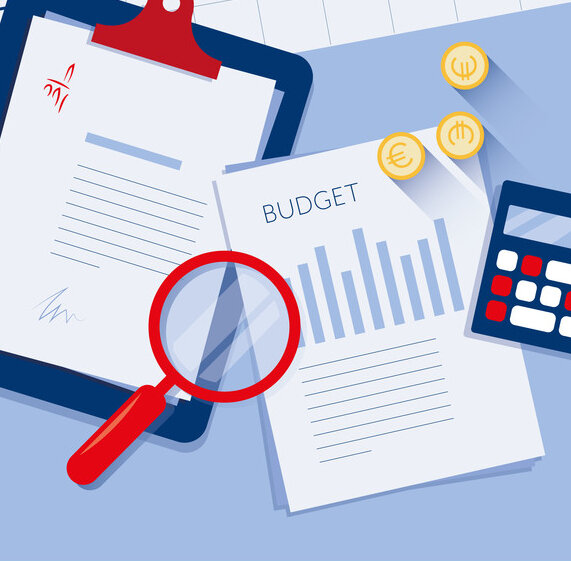
![[Translate to English:] [Translate to English:]](/fileadmin/_processed_/c/5/csm_panneaux-photovoltaiques-349_1c98b3cc3a.jpg)
![[Translate to English:] [Translate to English:]](/fileadmin/_processed_/9/d/csm_328__EXP__Andrea_Maramotti__Immotop_163f2ecbe1.jpg)
![[Translate to English:] [Translate to English:]](/fileadmin/_processed_/6/a/csm_28__Portrait__Claude_Hirtzig_Interview_c047cd5d6f.jpg)
![[Translate to English:] [Translate to English:]](/fileadmin/_processed_/7/d/csm_386_FIN_Les_avantages_de_renover_votre_bien_en_2024_a70f710ec8.jpg)
![[Translate to English:] [Translate to English:]](/fileadmin/_processed_/b/6/csm_pret-flexibilite-346_ac797fe87b.jpg)
![[Translate to English:] [Translate to English:]](/fileadmin/_processed_/d/0/csm_344__FIN__Pret_Pension_ea8a0c47c1.jpg)

![[Translate to English:] [Translate to English:]](/fileadmin/_processed_/b/a/csm_323__EXP__Mirko_Kessler__Spuerkeess_45e5fc974c.jpg)
